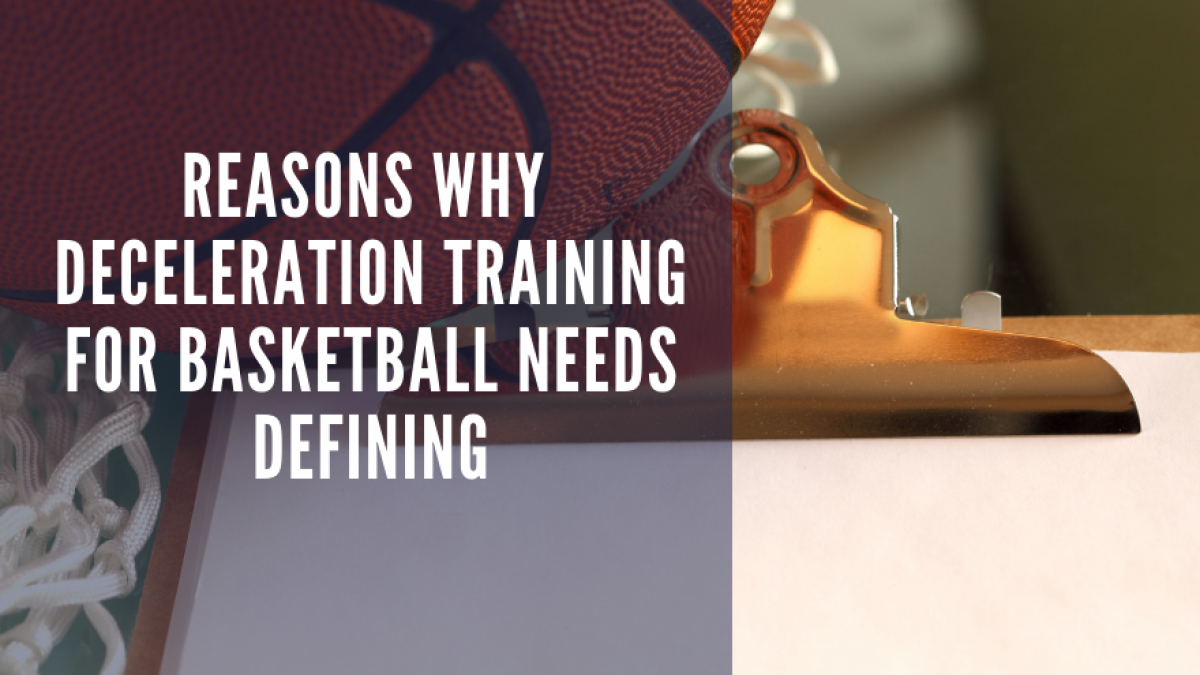Reasons Why Deceleration Training For Basketball Needs Defining

A Coach's list of needs to be considered when training deceleration with basketball players.
- Pure stopping/deceleration training where the players are completely stopping momentum, such as jumping, landing, jump stopping, lateral stopping, and so on, fits cleaner into the strength training bucket. This method is not agility-based, meaning reactive to a stimulus and more pre-programmed. The players are simply working on eccentric and potentially isometric loading. If they were changing direction, it would fit more into my speed and agility training.
- Landing training, running and stopping, shuffling and stopping, and rotational movements and stops are essential to load the tissues and build capacity to handle those loads. I would teach it more succinctly as I would strength training patterns. Again, if it were a change of direction/agility training, more variables are to consider.
- When a basketball player needs to learn to change directions quickly, deceleration training techniques change considerably. What I mean is the angle of entry into the ground to change direction is much wider. The emphasis of the plant angle is not to stop but to reaccelerate. Because of this, the emphasis is not on longer loading (eccentric force control over time) but relatively quick amortization to get back into concentric force as quickly as possible.
- Pure deceleration (stopping) will rely much more on muscular force in the reduction of mass and momentum forces to stop under control. Pure change of direction and the deceleration demands required to change direction is much more about the elastic properties of the tendon and ability to gain joint stiffness/stability instantaneously. A deceleration movement to change direction wants little joint movement in terms of compliance. A deceleration movement to stop completely allows more compliance to smooth control mass and momentum.
- Deceleration training is not an acute volume strategy; it should be a chronic volume strategy. This means doing a little overtime to add up. This way, the basketball player doesn't incur an acute knee, foot/ankle, or hip pain from over-stimulation.
- Always consider the uncharted volume. Basketball players play basketball. They play pick-up, travel ball, play for schools/colleges/pros, and coach basketball skills. All of this adds a lot of total volume to decelerating. Always consider it and live for another day.
You can add so much more, but in keeping a goal of quick-to-the-point information, these are initial thoughts on deceleration training and what basketball coaches and trainers need to consider.
Categories: : art of coaching, basketball deceleration, basketball speed
 Lee Taft
Lee Taft 